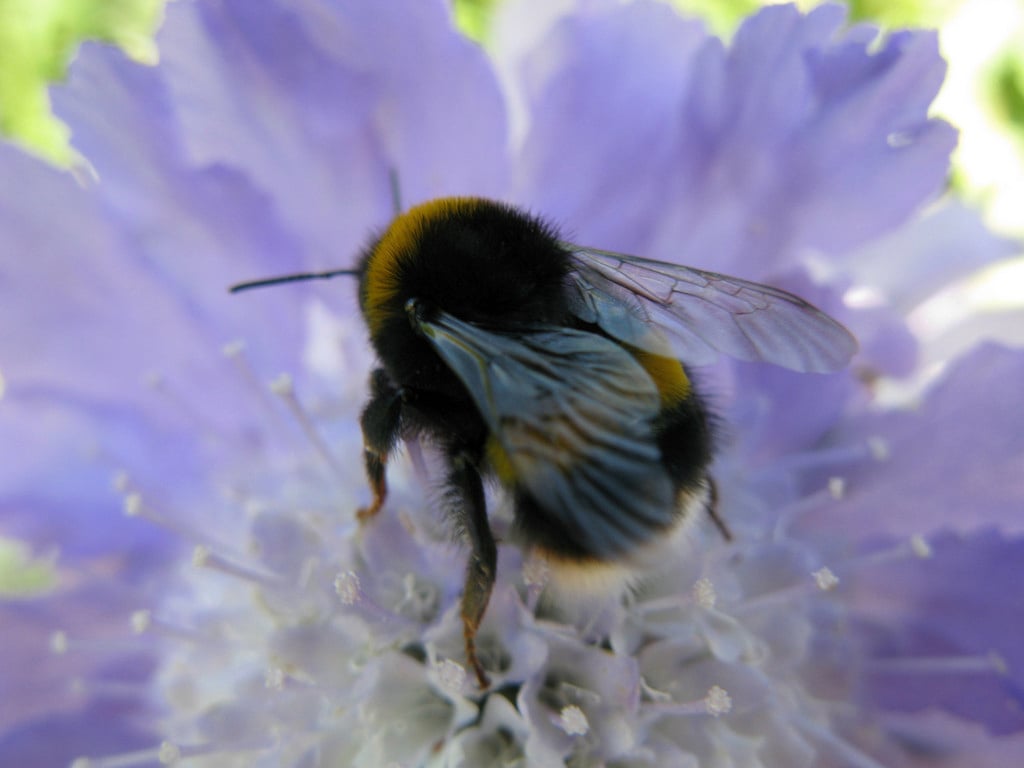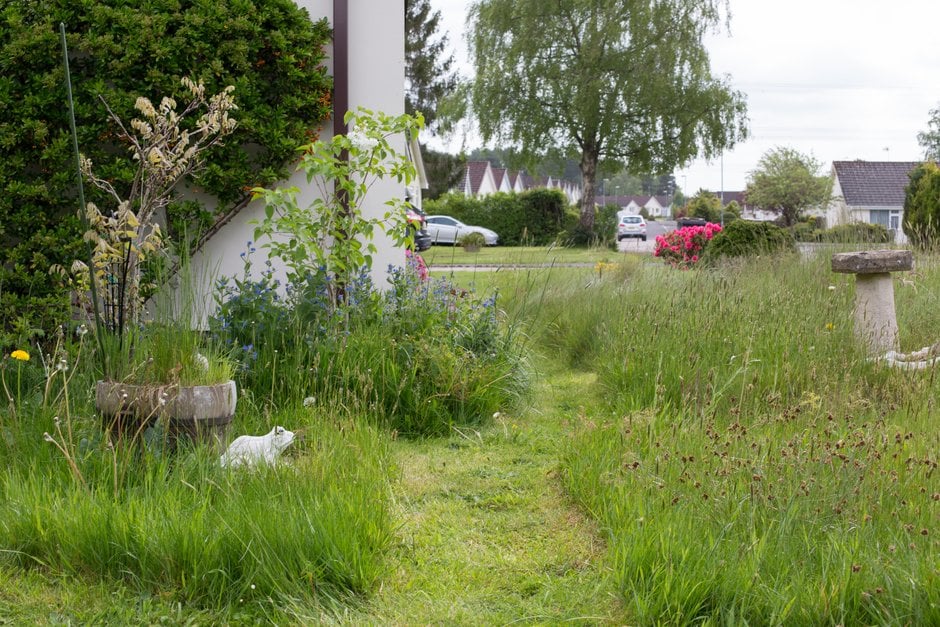Yarrow in lawns
Cultivated forms of yarrow (Achillea millifolium) are ideal for the mixed or herbaceous border, often grown in wildflower gardens and used for cutting and drying. However, wild yarrow, found growing naturally in grasslands or dry wasteground is a common weed of lawns.
Quick facts
Botanical name Achillea millefolium
Plants affected Lawn grasses and turf
Main causes Dry or poor soil conditions and lack of plant nutrients
Timing Spring to autumn
What is yarrow?
Yarrow (Achillea millefolium) is a rhizomatous, mat-forming perennial plant with aromatic ferny grey-green foliage. It produces white or pinky-white daisy-like flattened flowerheads from early summer to late autumn. Yarrow is common throughout the British Isles in meadows, pastures, hedgerows and grassy banks. The flowers are attractive to a wide variety of insects including butterflies and would be a welcome addition to a flower-rich lawn. Learn more about making the most of lawns as a wildlife habitat and ways to help our bees:

Bees in your garden

Lawn and mini-meadow habitats
Yarrow is able to grow in any soil and survives dry, infertile conditions and close mowing. It will vigorously regrow from creeping underground stems and seed, outcompeting lawn grass to produce large drought-resistant patches. This page looks at options for gardeners where yarrow is becoming a problem in lawns.
Why is yarrow a problem?
Yarrow is often abundant on gravelly or chalky soils where plant nutrients are deficient, as it is very drought resistant. When grass is weakened by long periods of drought and lack of plant nutrients, yarrow thrives and can quickly establish in a lawn.
Control
Yarrow is a difficult weed to control once it is established in lawn grasses or turf so good lawn care is an effective preventative measure. First, consider whether this can be done using non-chemical means such as digging out. Where this method is not feasible, chemical controls may need to be used.
The RHS believes that avoiding pests, diseases and weeds by good practice in cultivation methods, cultivar selection, garden hygiene and encouraging or introducing natural enemies, should be the first line of control. If chemical controls are used, they should be used only in a minimal and highly targeted manner.
Cultural control
A number of practical approaches can be taken:
- Encourage vigorous grass growth by applying a proprietary top-dressing in early spring at 1-4kg per sq m (2-7.5lb per sq yd) working in well with a rake or broom
- Over-application may impede mowing so a trial application is advisable
- Apply a further dressing in September at a heavier rate
- Feed the grass when it is growing actively with proprietary spring and summer lawn fertilisers, taking care to follow manufacturers instructions
- During the growing season the grass should be cut regularly and lightly raked, then after two or three days, cut again, removing the long growth
- Repetition of this treatment weakens the weed and strengthens the grass
- Regular watering at seven or eight day intervals during dry periods is essential to maintain vigour in the turf
Note: Avoid feeding a lawn when it is drought-stressed.
Weedkiller control
Use of chemicals may eventually eliminate the weed. However, feeding and regular top-dressing will encourage better grass growth, and make conditions less favourable for the weed seedlings to re-establish.
Yarrow is fairly resistant to many selective weedkillers used for weed control in turf but it may be worth trying:
- Repeated applications of weedkillers containing 2,4-D, plus mecoprop-P or dicamba (eg. Doff Complete Lawn Feed, Weed & Mosskiller or Westland Aftercut All-in-One Lawn Feed, Weed and Mosskiller (also contain fertiliser and mosskiller)) can be effective.
Treated clippings
Do not add the first lawn clippings after application of a lawn weedkiller to the compost heap. To avoid possible contamination of compost, do not collect the clippings at all but mow frequently and allow the short clippings to remain on the surface of the lawn. These will quickly disperse to leave an acceptable finish.
New lawns
Weedkillers often cause severe damage if applied to lawns within six months of sowing or turf-laying.
Inclusion of a weedkiller product does not indicate a recommendation or endorsement by the RHS.
Links
Chemicals: using a sprayer
Chemicals: using safely and effectively
Chemicals: using spot and broad-scale weedkillers
Weeds: non-chemical control
Problems
Contact with yarrow foliage may aggravate skin allergies.
Get involved
The Royal Horticultural Society is the UK’s leading gardening charity. We aim to enrich everyone’s life through plants, and make the UK a greener and more beautiful place.